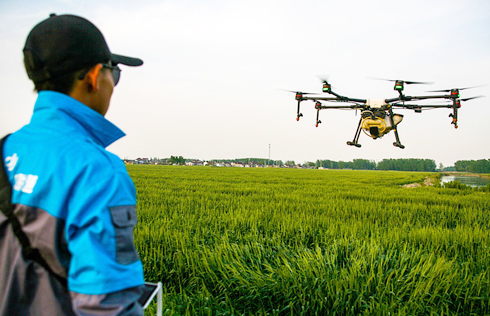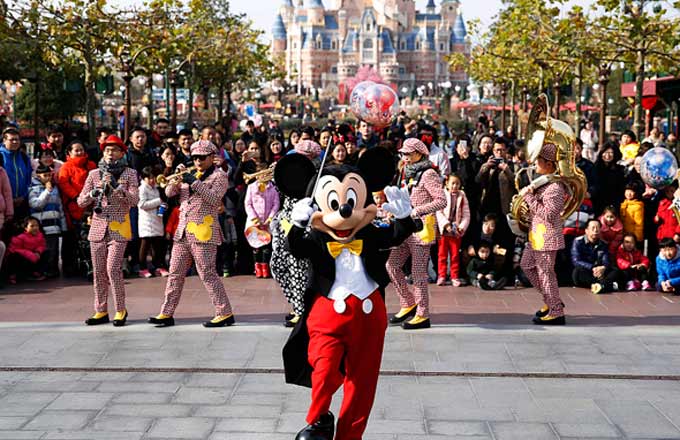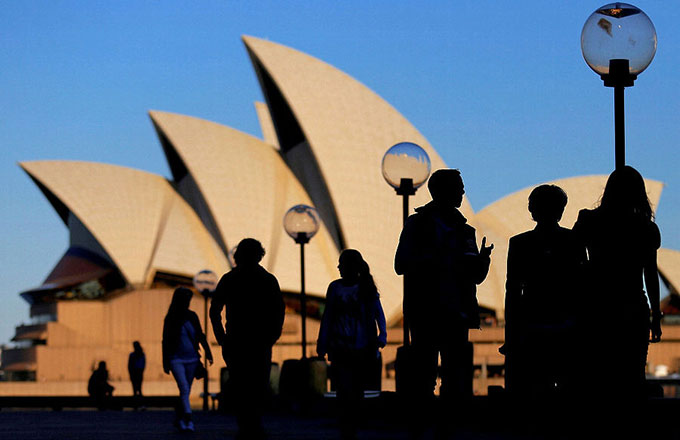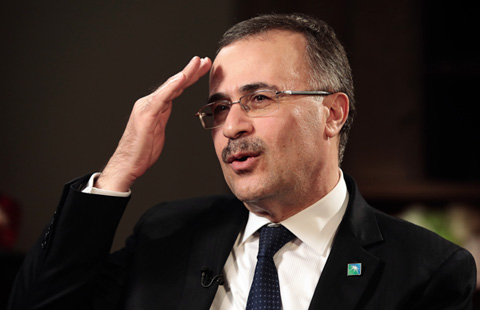Belt and Road financing welcomes local currencies, says PBOC chief
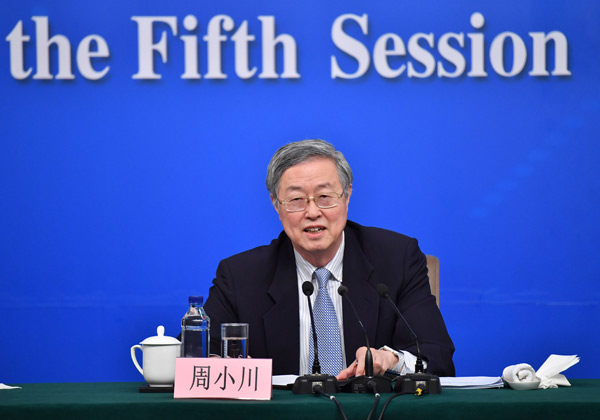 |
|
People's Bank of China Governor Zhou Xiaochuan speaks at a news conference in Beijing, March 10, 2017. [Photo/Xinhua] |
China's central bank governor Zhou Xiaochuan said using local currencies for Belt and Road investments and financing will help reduce exchange rate fluctuations and ensure financial stability in those nations.
Countries along the Belt and Road routes should promote financial connectivity to optimize resource allocation and provide a long-term and reliable backing for regional constructions, Zhou wrote in an article published on Thursday in the central bank's biweekly magazine China Finance.
"Investment and financing shouldn't be understood as one-way support. The initiative is to build a common community with risk and benefit sharing through extensive consultation and joint contribution," he wrote.
The infrastructural projects should be market oriented and ensure sustainability, the governor of the People's Bank of China (PBOC) noted.
"China has explored a way of development financing." Zhou cited the China Development Bank as a good example in integrating resources, bridging the state with market and operating independently from government subsidy.
There's huge financing demand in the infrastructural construction along the Belt and Road, which is beyond one country's capability and has to rely on market force pooling capital across the world, Zhou wrote.
Concessionary loans require government funding, and are also likely to cause market distortion and dependency mentality, Zhou said.
The Belt and Road Initiative, proposed by President Xi Jinping in 2013, has won support from more than 100 countries and international organizations, over 40 of whom have signed cooperation agreements with China.
The country will host the Belt and Road Forum for International Cooperation on May 14-15 in Beijing, enabling participants to exchange views on the future development of the initiative.







